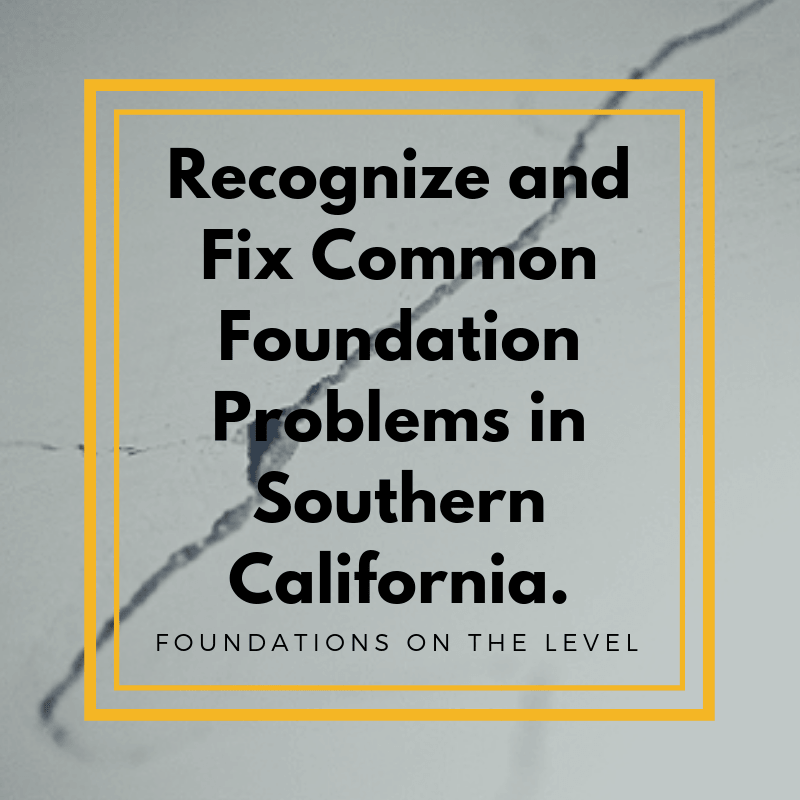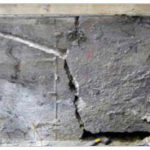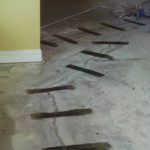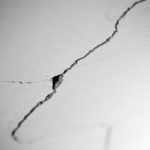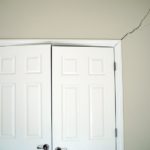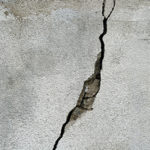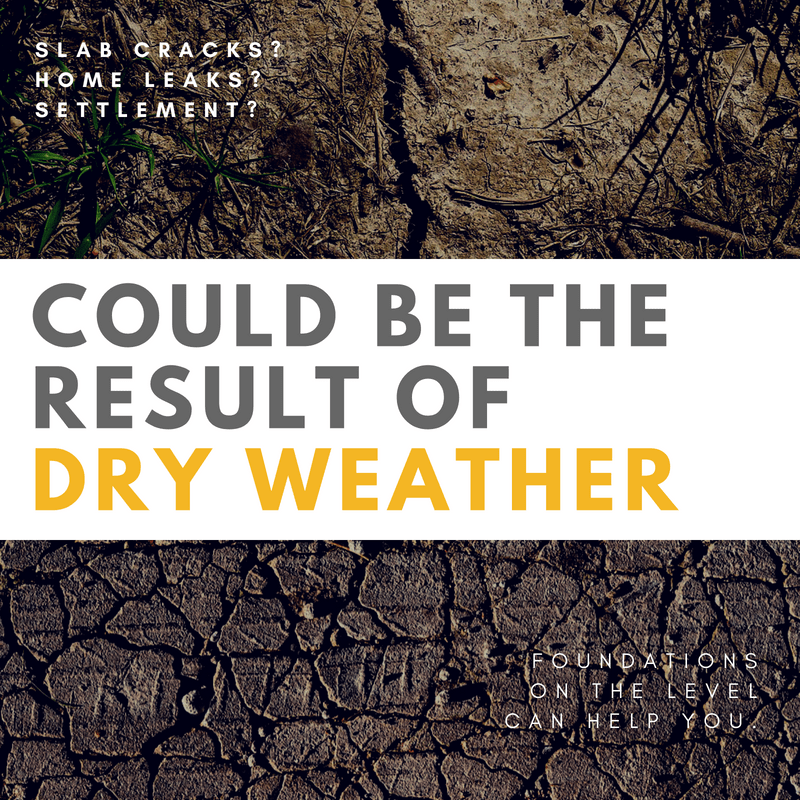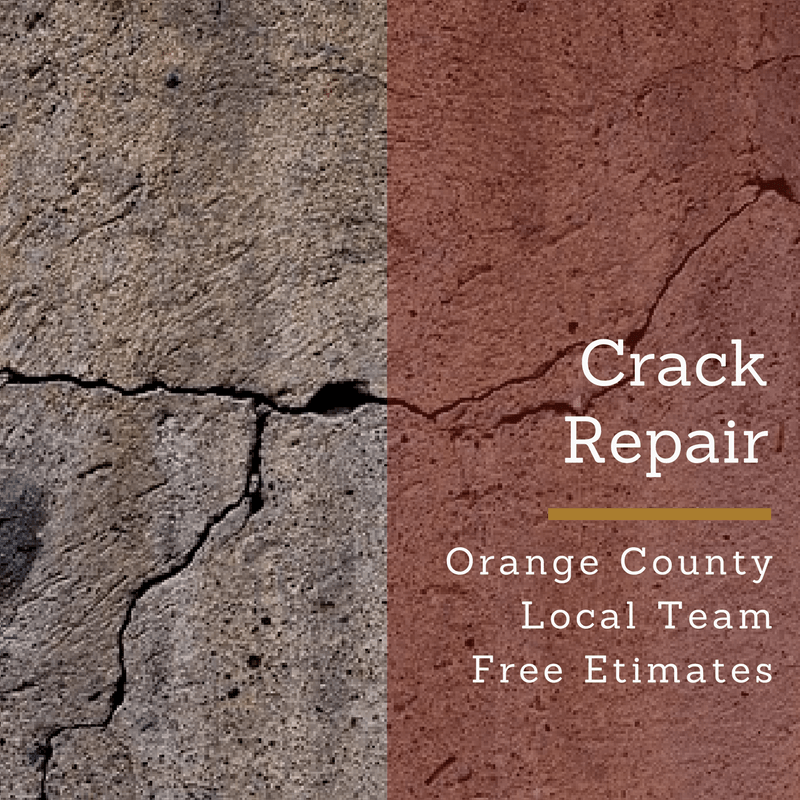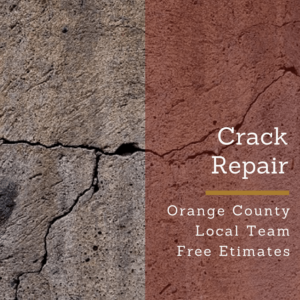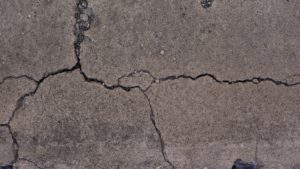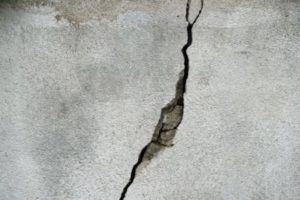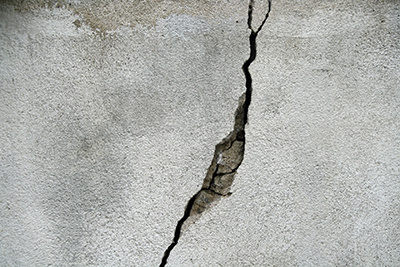
We’ve all seen cracked concrete that looks a little worse for wear, but sometimes it is hard to distinguish whether to repair or replace your damaged concrete.
While concrete is extremely durable, over time it will wear down. When homeowners see signs of damage in their driveway or walkways, they might think it’s time to replace them. But that’s not always the case.
Concrete repair is a great way to revitalize your slabs, but how do you know if you should be repairing or replacing?
What Damages Your Concrete?
While there are a multitude of reasons why your concrete is damaged, here are some of the most common reasons:
Changing of The Seasons
Concrete’s number one enemy is the weather. Especially a dramatic change in weather. Temperature changes can cause concrete to expand and contract.
In warm weather, concrete expands, and when it cools, it shrinks. When concrete contracts and expands, the joints and cracks widen, collecting debris. Then, once it gets warm and the concrete will expand, causing the concrete to shift.
Soil Types
Your concrete slabs often were poured over areas of fill. And that fill, even if it was compacted very well, is not as stable as the native soils below.
So when fill soils consolidate and settle, voids form under the concrete slab. And eventually, that slab cracks and falls into these voids.
Water
Concrete is a giant sponge. When it rains, concrete’s pores absorb every ounce of water. And when the sun comes out, the water evaporates.
This constant absorption and evaporation cycle causes spider-cracking at the concrete’s surface.
Should I Repair or Replace My Concrete?
Repair
- Cracks – Cracks in concrete can be caused by freeze-thaw cycles, poor construction, and age. NexusPro is easily used to fill and seal cracks and control joints. Learn about our crack repair services.
- Settled and unlevel slabs – Settled concrete is most likely occurring because of poor soil conditions. And settled concrete can be a huge safety issue and tripping hazard. Luckily, these are easily fixed with PolyLevel. Learn about our slab repair services.
- Sunken steps – Front stoops and concrete steps sink and settle over time. But fortunately, they can be leveled, filled, and sealed to prolong their life.
Replace
- If your concrete is older than 30 years – Concrete that experiences a lot of wear-and-tear (like sidewalks and driveways) has a lifespan of about 25-50 years. Repairing does help prolong the concrete’s life cycle. But suppose your concrete is already up there in age and not looking so good. In that case, a full replacement might be the better option and a good investment in your property.
- Deep cracks and large potholes – The rule of thumb is that if your concrete is sinking more than 8”, it makes more sense to replace it.
- Poorly installed base – Sometimes, your concrete issues come down to how it was installed, and no amount of repairs can solve that problem.
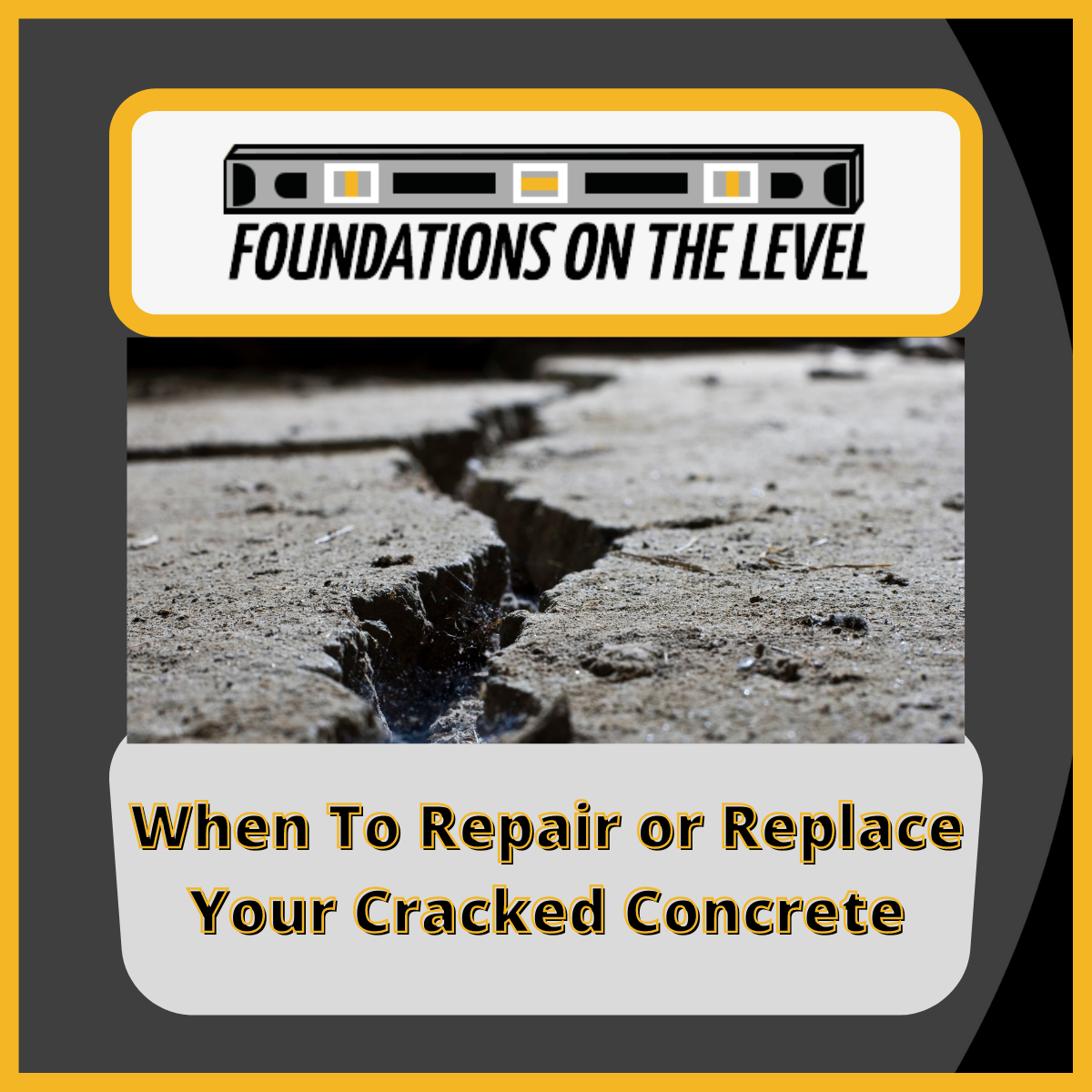
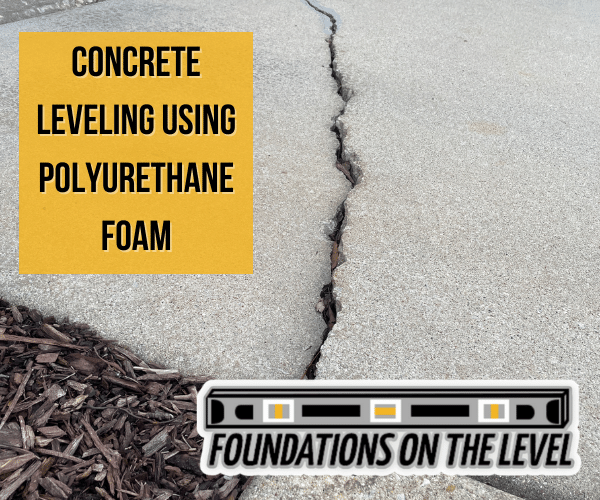

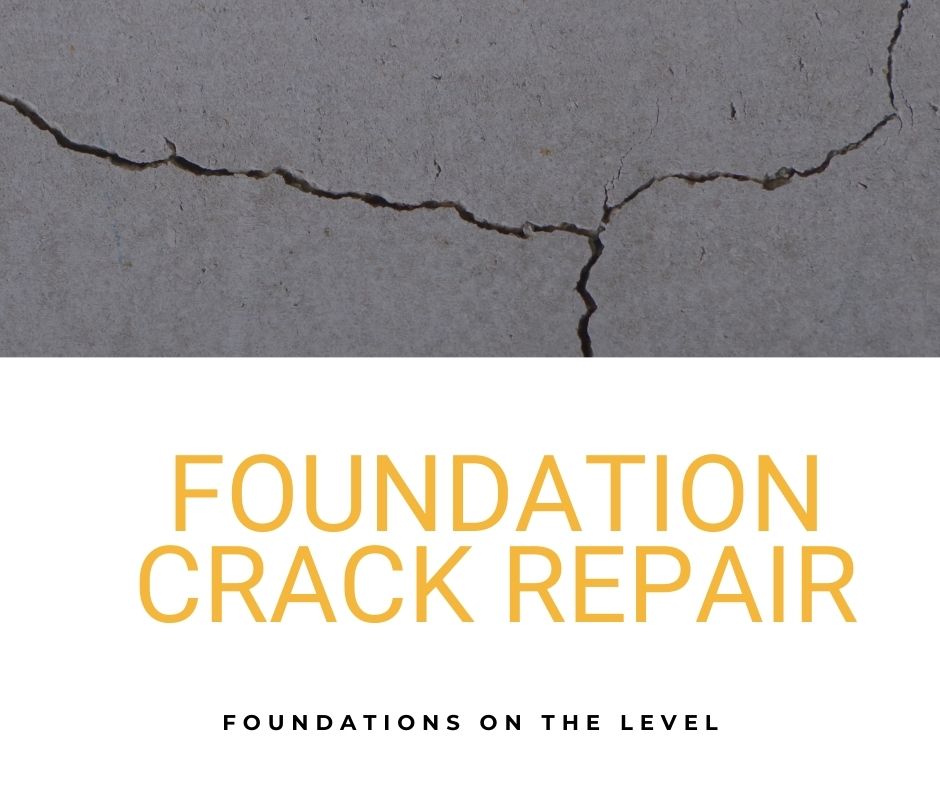
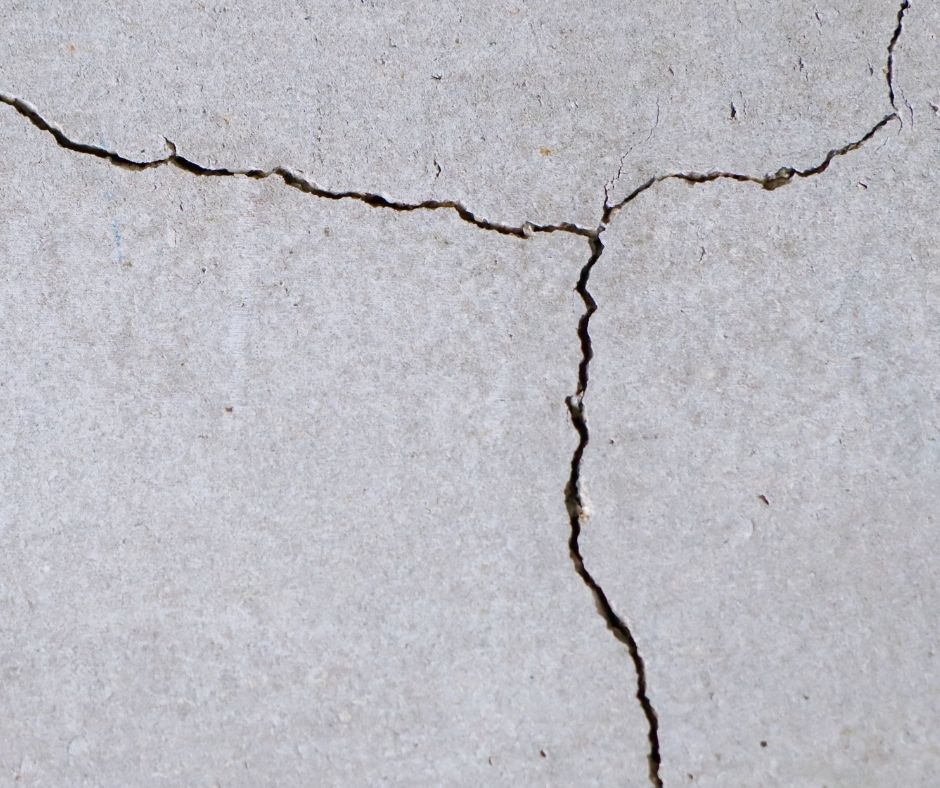
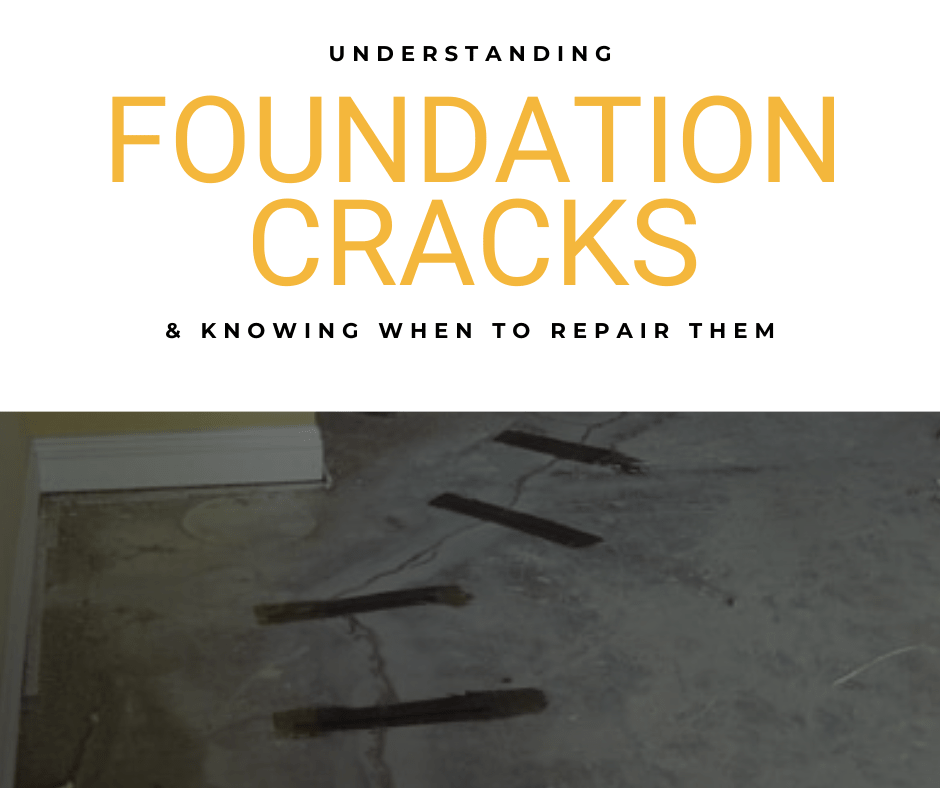
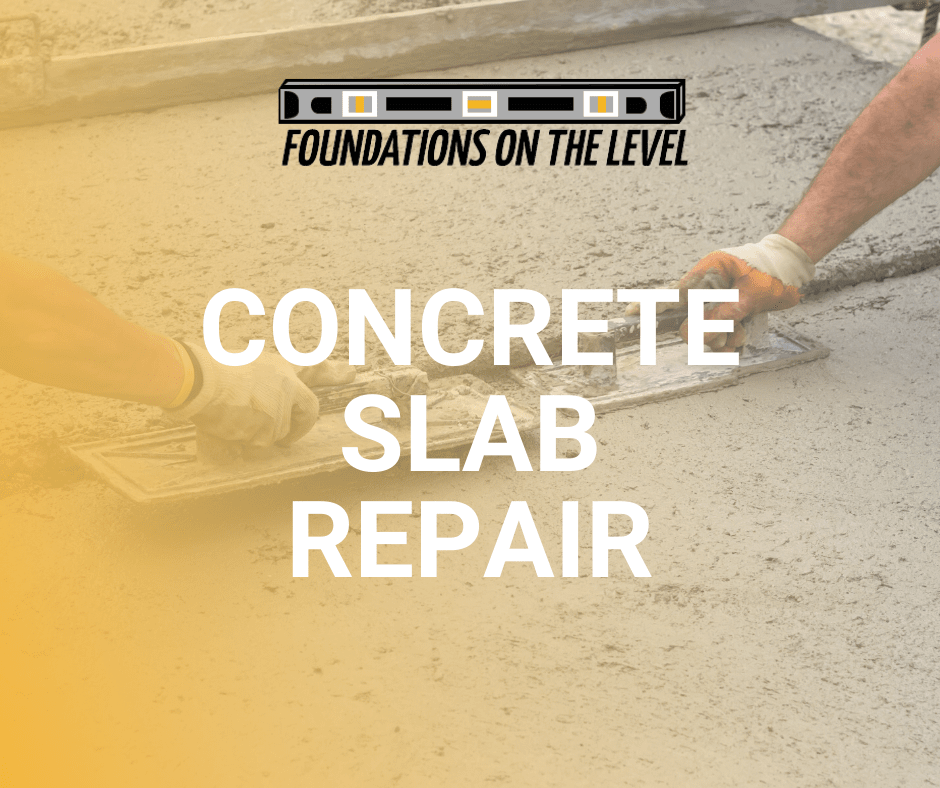
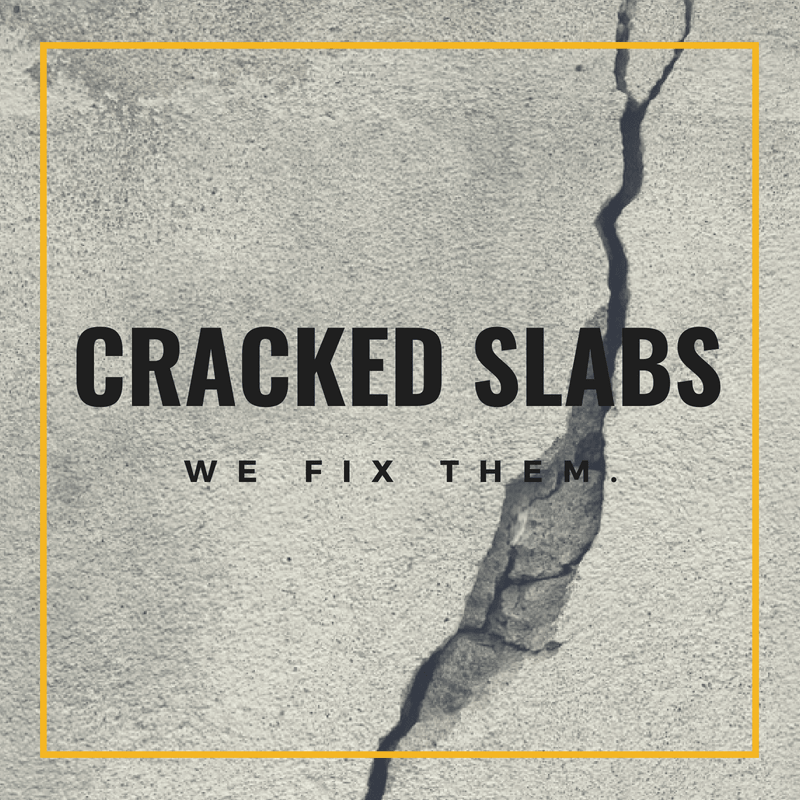
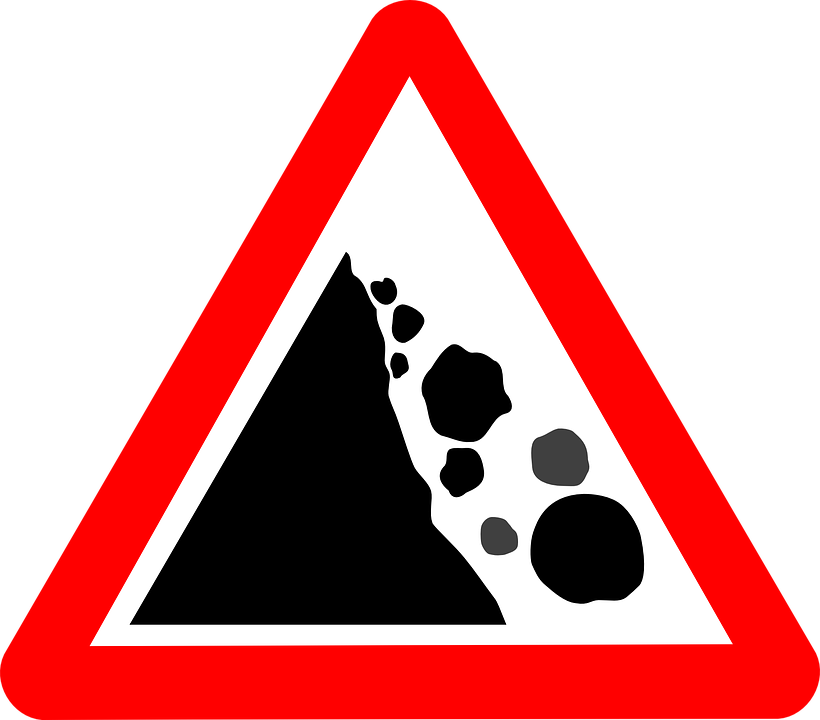
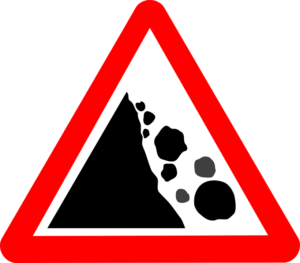 California has been no stranger to weird weather and other natural occurrences this last year. After wildfires have removed most of the plant life protecting the earth from erosion, record-breaking rainfalls have been taking place. Landslides and other disasters have occurred throughout the state.
California has been no stranger to weird weather and other natural occurrences this last year. After wildfires have removed most of the plant life protecting the earth from erosion, record-breaking rainfalls have been taking place. Landslides and other disasters have occurred throughout the state.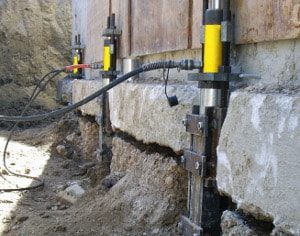 Any type of movement of the earth around your home can damage the foundation. A
Any type of movement of the earth around your home can damage the foundation. A 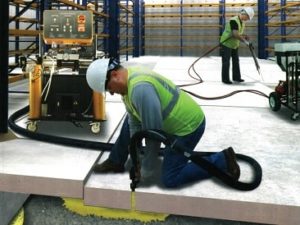 Not every landslide causes foundation problems, sometimes it may just disturb your concrete slabs. Your driveway, sidewalk, or patio can be pushed out of place or sink.
Not every landslide causes foundation problems, sometimes it may just disturb your concrete slabs. Your driveway, sidewalk, or patio can be pushed out of place or sink.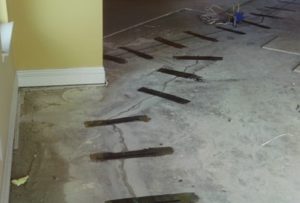 If the earth around your home moves, you may notice cracks in floors, walls, and ceilings. There are two kinds of cracks: structural and settlement cracks. You can look for cracks and monitor if they are growing. If you are at all concerned about a crack, you must contact a reputable foundation contractor like FOUNDATIONS ON THE LEVEL.
If the earth around your home moves, you may notice cracks in floors, walls, and ceilings. There are two kinds of cracks: structural and settlement cracks. You can look for cracks and monitor if they are growing. If you are at all concerned about a crack, you must contact a reputable foundation contractor like FOUNDATIONS ON THE LEVEL.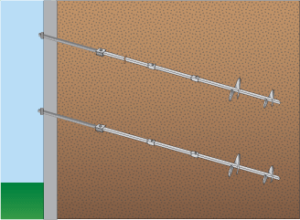 Your retaining wall has one job: to keep the earth on the other side of the wall in place. If a landslide occurs, it can cause the
Your retaining wall has one job: to keep the earth on the other side of the wall in place. If a landslide occurs, it can cause the 


